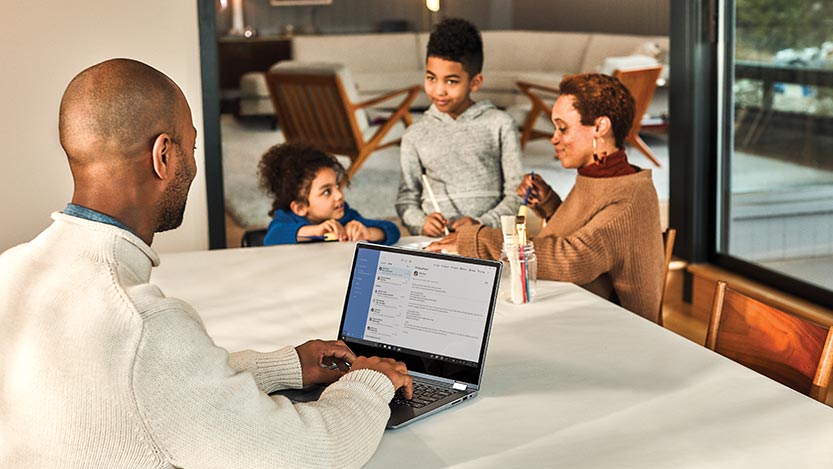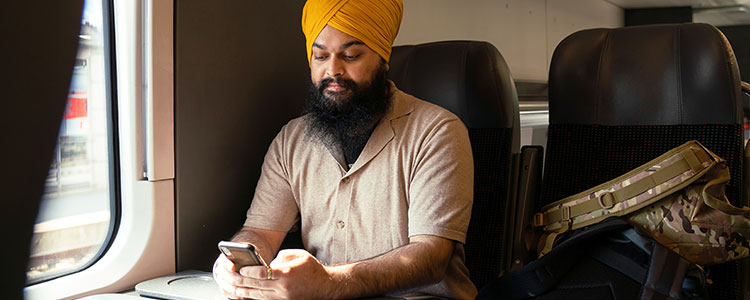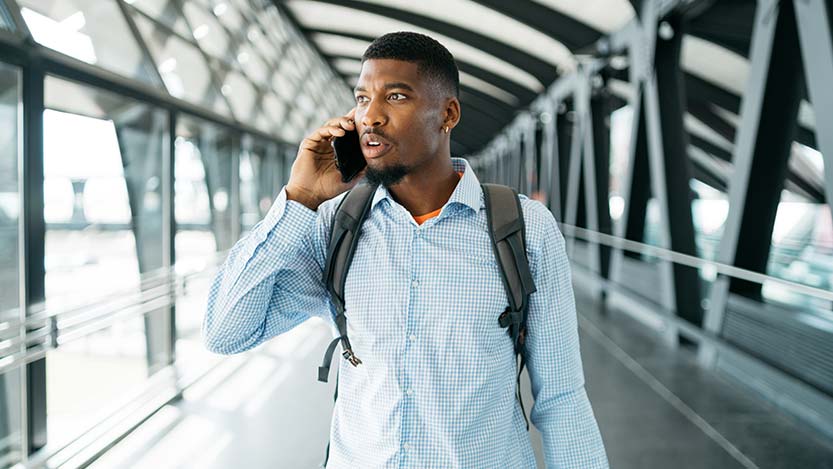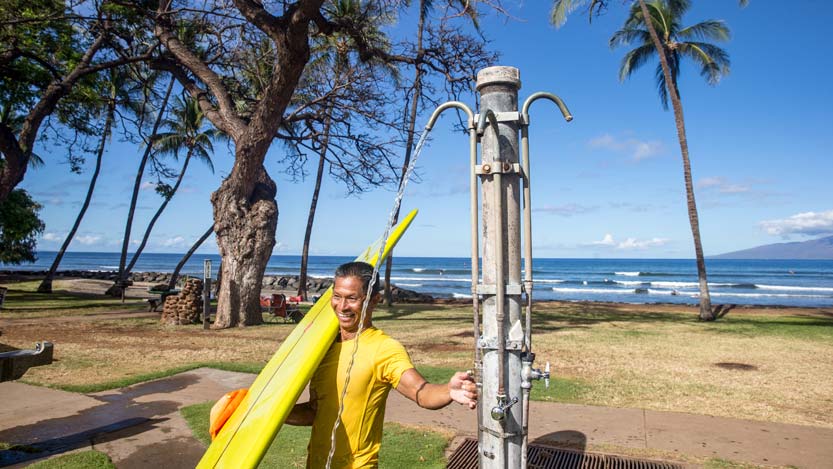ブログ投稿
Say hello to the Workday Consumer

Not so long ago, from Monday through Friday, many consumers went to offices where they engaged in their “work-life” activities. Then they went home, where they spent time immersed in their “personal life” activities. On weekends, they did chores and went shopping. This was something advertisers could count on. Then, the pandemic hit, and for many, all those things began to happen simultaneously from home. The change caused a fundamental and permanent shift in how we spend time online—say hello to the Workday Consumer.1
The Workday Consumer unapologetically switches between employee, personal, and consumer modes throughout the day. What this means for employers and businesses marketing to this new behavior is now just being discovered. Our research indicates permanent behavior changes that most marketers aren’t equipped to handle.
Discovering the Workday Consumer
With the rise of personal computer usage and those shopping on Microsoft Windows, we had an inkling that consumer behavior had shifted, and advertisers have an opportunity to shift too.
In fact, the PC market saw the most significant growth in a decade. Global PC shipments surpassed 340 million in 20212 and, according to Canalys, that growth is 27% more than in 2019.3 Microsoft Windows now powers over 1.4 billion monthly active devices, with an overall time spent of up to 10% over pre-pandemic levels.2
We commissioned Forrester Consulting to help us understand how consumer behaviors have shifted during the pandemic. Does everything advertisers know about consumers still hold true? Is what we know about the consumer decision journey still valid?
A global online survey that included 5,329 employed consumers was sent out. They were 18 or older and had made an online purchase via their PC during the previous six months. Another complementary survey of 1,301 marketing and advertising decision-makers such as directors, vice presidents, or heads of brands was also fielded.
These surveys show us a unique perspective not only from consumers, but also from the marketers trying to reach them. Advertisers can better understand how their target audience is thinking and behaving during their buyer journey. Not only that, but there’s also the insight into what the competition is doing—or as we’ve discovered, what they’re not doing.
They found that the introduction of work into our personal spaces quickly changed everything for people, but surprisingly, businesses have been slow to adapt to some of these trends. The study and associated survey data examined three topics:
- Defining the Workday Consumer and their habits.
- How brands are falling behind and why.
- What brands that survive can and will do in the future.
Defining the Workday Consumer
When the pandemic began, many were able to shift and work from home, as were their partners. Children and students were shut out of schools and asked to learn from home. That alone was a significant change.
Not only did work and school shift online, but shopping and services did too. Groceries and cars were being delivered, exercises and meditation classes were held on demand, and digital happy hours came and went.
Had these changes been temporary, they may not have formed new habits, but two years later, many of the pandemic-learned behaviors are now sticky, and the Workday Consumer is here to stay. Accordingly, online services, ordering, and delivery are still preferred for many consumers.
Our study found that 68% of respondents worked from home during the initial lockdowns, and 48% continue to do so now. For advertisers, that’s a big, permanent shift in how they do business. They’ll need to reevaluate their platforms, personas, and budgets. How they’ll do that depends on their business, their brand, and their acquisition goals.1
Watch The Download to hear thoughts on the audience and vertical-specific targeting for the Workday Consumer.
How brands are falling behind
While consumers quickly adapted to the new way of life, businesses haven’t been as fast. The influx of demand for online goods, services, and delivery exceeded their ability to respond. Grocery stores, for example, were forced to turn into grocery delivery warehouses virtually overnight, but others weren’t set up or prepared for so much change so quickly.
RVShare, on the other hand, was ready and made a quick shift. It is one of the first online RV rental marketplaces that adapted its business model in response to this new opportunity. Since the pandemic started, it has grown into a peer-to-peer platform where owners rent out their RVs across the US. Read about its success using digital advertising as the backbone of their strategy.
The Workday Consumer mindset
One of the most critical changes that brands need to consider is the mindset of the Workday Consumer. According to the Forrester study, 60% of respondents said they typically mix work and personal tasks in their work time to-do lists.1 They said they consider work and personal tasks equally important during their work time. Factors driving this include convenience and building in breaks from work. These breaks may include ordering groceries online, planning weekend activities, or researching upgrades to their home offices.1
What progressive brands will do in the future
The best marketers know that new consumer behaviors give them a chance to build better strategies. Still, their lack of optimism in their organizations’ abilities was surprising. Half of respondents from the Forrester study rated their brand as an intermediate, and 7% rated it as a novice in using the right mix of digital advertising tactics for each persona.1 In our study, you’ll find out what else these marketers think about their company’s abilities to adapt and which skills and tools they say they need to invest in most.
Further, our research dives deep into four key areas marketers say they’re planning to invest in, including search and display advertising, video, and social media.
Download the Forrester study to learn more about the Workday Consumer mindset, what other marketers and business leaders are doing, and how your organization can prepare for success in the coming year.
[1] The Workday Consumer Has Logged In, a commissioned study conducted by Forrester Consulting on behalf of Microsoft, February 2022.
[2] “A new era of the PC”, Microsoft Windows blog, 2022.
[3] “Global PC shipments pass 340 million in 2021 and 2022 is set to be even stronger”, Canalys, 2021.



